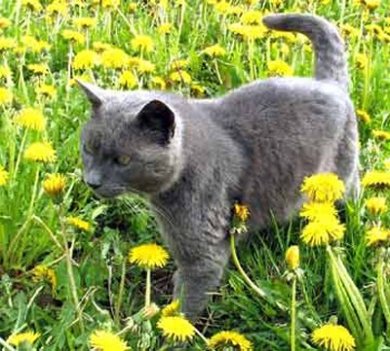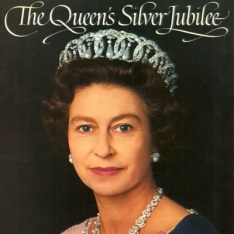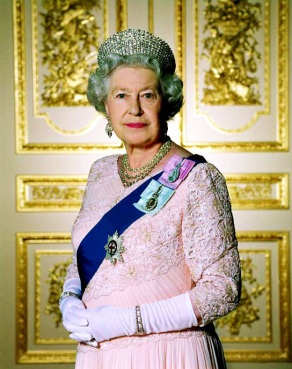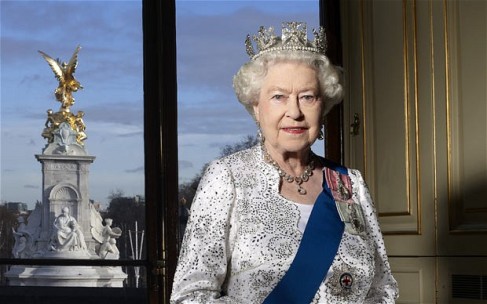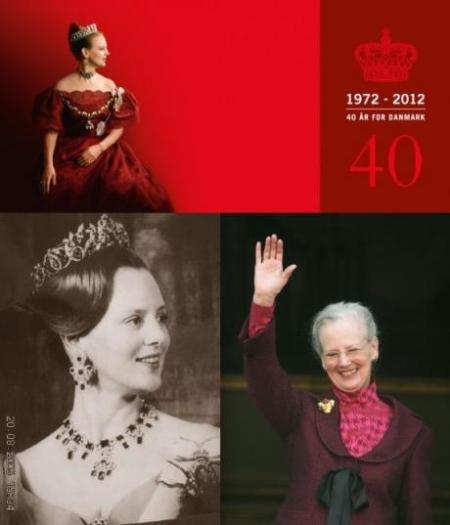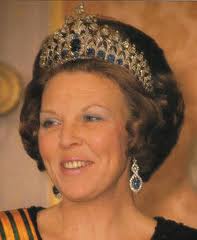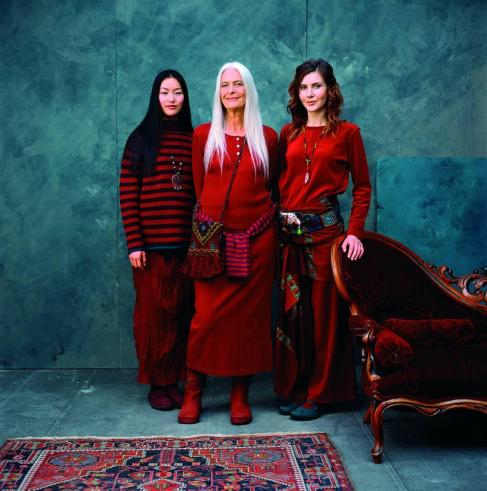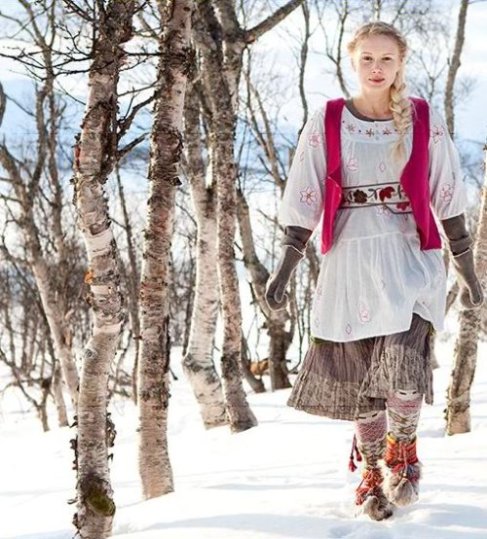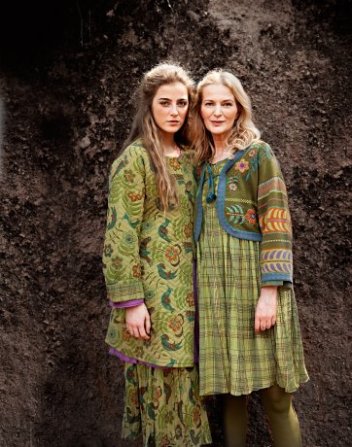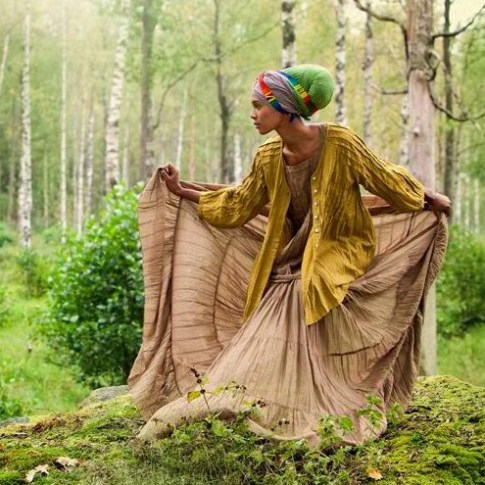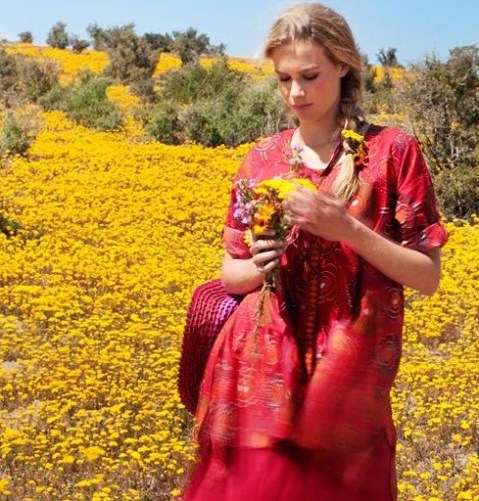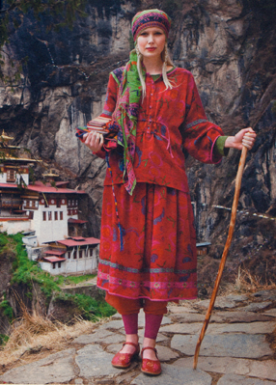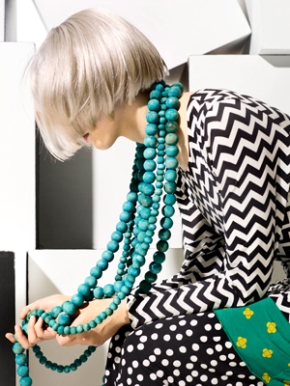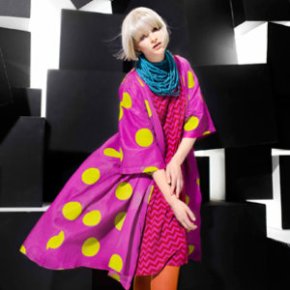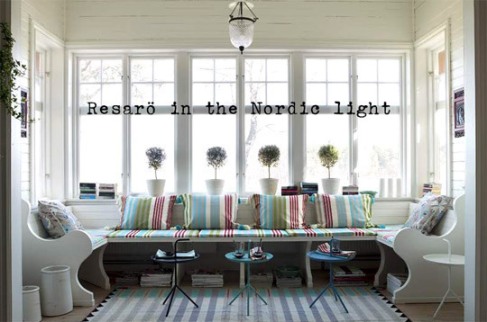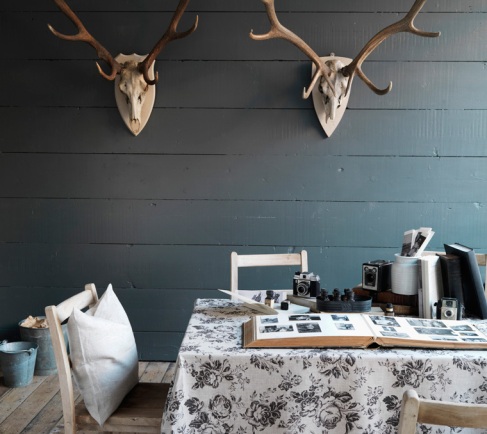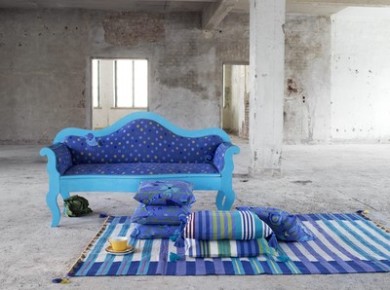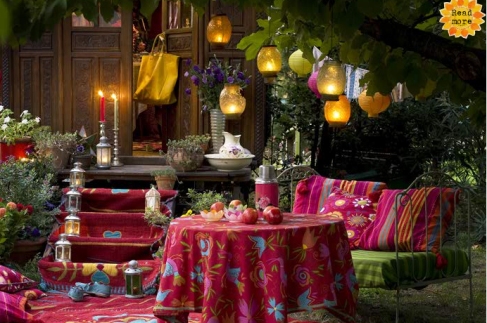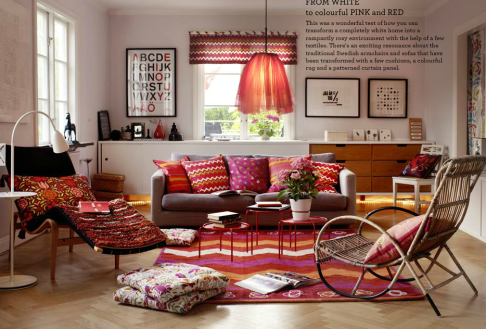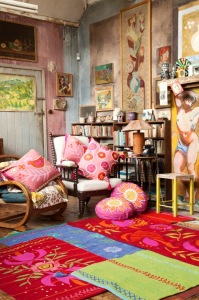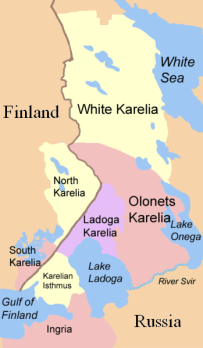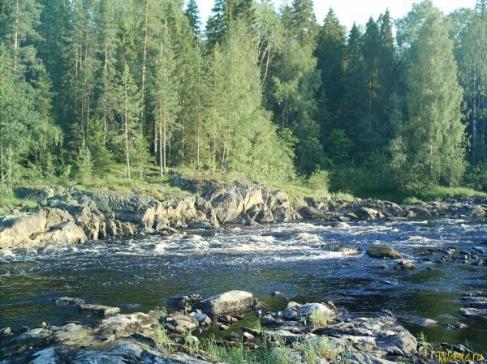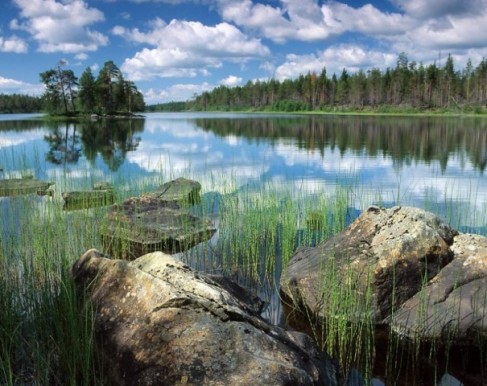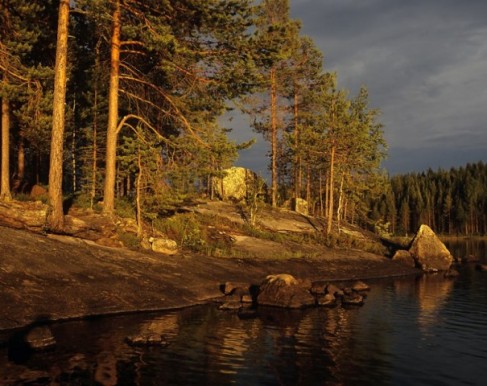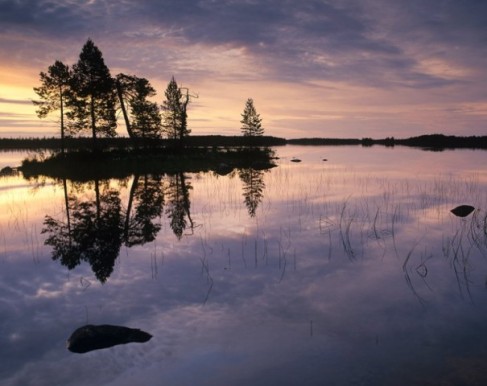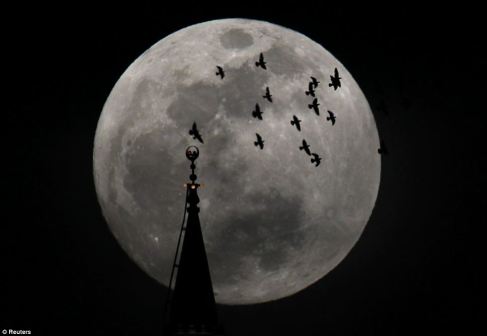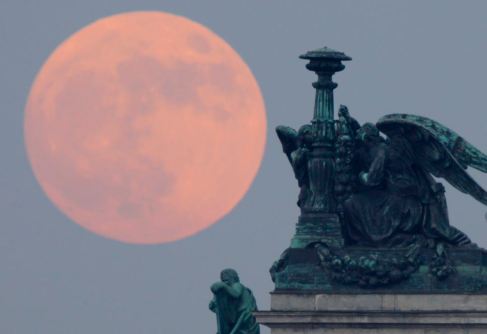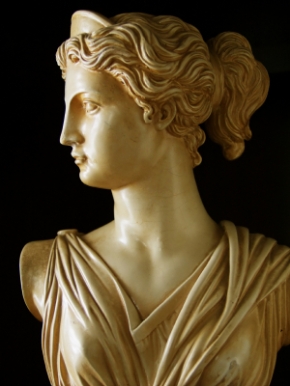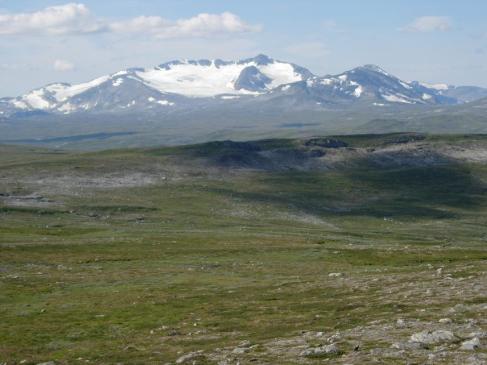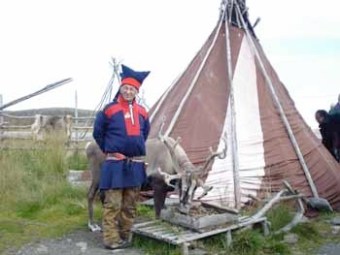I was quite shocked recently learning that Sarah Brightman, the bird who is credited as the creator of the crossover genre in classical/pop music is set to be aboard the Russian Soyuz spacecraft to visit the International Space Station (ISS), in 2015. Apparently spending upwards of £30 million for the experience. She may be the first famous opera singer in space if she really does get up there but it made me think of the actual first woman in space; Valentina Tereshkova.
 She was born in the village Maslennikovo, Tutayevsky District, Yaroslavl Oblast, in central Russia. Her parents had migrated from Belarus.Tereshkova’s father was a tractor driver and her mother worked in a textile plant. Tereshkova began school in 1945 at the age of eight, but left school in 1953 and continued her education by correspondence courses.She became interested in parachuting from a young age, and trained in skydiving at the local Aeroclub, making her first jump at age 22 on 21 May 1959; at the time, she was employed as a textile worker in a local factory. It was her expertise in skydiving that led to her selection as a cosmonaut.
She was born in the village Maslennikovo, Tutayevsky District, Yaroslavl Oblast, in central Russia. Her parents had migrated from Belarus.Tereshkova’s father was a tractor driver and her mother worked in a textile plant. Tereshkova began school in 1945 at the age of eight, but left school in 1953 and continued her education by correspondence courses.She became interested in parachuting from a young age, and trained in skydiving at the local Aeroclub, making her first jump at age 22 on 21 May 1959; at the time, she was employed as a textile worker in a local factory. It was her expertise in skydiving that led to her selection as a cosmonaut.
After the flight of Yuri Gagarin in 1961, Sergey Korolyov, the chief Soviet rocket engineer, came up with the idea of putting a woman in space. On 16 February 1962, Valentina Tereshkova was selected to join the female cosmonaut corps. Out of more than four hundred applicants, five were selected: Tatyana Kuznetsova, Irina Solovyova, Zhanna Yorkina, Valentina Ponomaryova, and Tereshkova. Qualifications included that they be parachutists under 30 years of age, under 170 cm (5 feet 7 inches) tall, and under 70 kg (154 lbs.) in weight.
Tereshkova was considered a particularly worthy candidate, partly due to her “proletarian” background, and because her father, tank leader sergeant Vladimir Tereshkov, was a war hero. He died in the Finnish Winter War during WWII in the Lemetti area in Finnish Karelia when Tereshkova was two years old. After her mission she was asked how the Soviet Union should thank her for her service to the country. Tereshkova asked that the government search for, and publish, the location where her father was killed in action. This was done, and a monument now stands at the site in Lemetti—now on the Russian side of the border. Tereshkova has since visited Finland several times.
Training included weightless flights, isolation tests, centrifuge tests, rocket theory, spacecraft engineering, 120 parachute jumps and pilot training in MiG-15UTI jet fighters. The group spent several months in intensive training, concluding with examinations in November 1962, after which four remaining candidates were commissioned Junior Lieutenants in the Soviet Air Force. Tereshkova, Solovyova and Ponomaryova were the leading candidates, and a joint mission profile was developed that would see two women launched into space, on solo Vostok flights on consecutive days in March or April 1963.
Originally it was intended that Tereshkova would launch first in Vostok 5 while Ponomaryova would follow her into orbit in Vostok 6. However, this flight plan was altered in March 1963. Vostok 5 would now carry a male cosmonaut Valery Bykovsky flying the joint mission with a woman aboard Vostok 6 in June 1963. The State Space Commission nominated Tereshkova to pilot Vostok 6 at their meeting on 21 May and this was confirmed by Nikita Khrushchev himself. At the time of her selection, Tereshkova was exactly ten years younger than the youngest Mercury Seven astronaut, Gordon Cooper.
After watching the successful launch of Vostok 5 on 14 June, Tereshkova began final preparations for her own flight. She was 26 at the time. On the morning of 16 June 1963, Tereshkova and her back-up Solovyova were both dressed in spacesuits and taken to the launch pad by bus. After completing her communication and life support checks, she was sealed inside the Vostok. After a two-hour countdown, Vostok 6 launched faultlessly, and Tereshkova became the first woman in space. Her call sign in this flight was Chaika (English: Seagull; Russian: Ча́йка), later commemorated as the name of an asteroid, 1671 Chaika.
I am very proud of the achievements my country made at a time where Russia was seen as not only the enemy but also as an inferior race in comparison to the United States. Russia proved their worth by putting Gagarin and other missions into space ahead of NASA.  It must be said that many of the scientists on the NASA program were in fact Russian born or by descent. I think Tereshkova and later Svetlana Savitskaya are far more worthier candidates for this type of life because of their dedication to their field of study. Brightman paid god knows how much to get up there and what for, to garner more publicity or is the woman looking to have a career in Cosmology? Perhaps I’m just a cynic but I am a woman who likes to be proven wrong though, if Brightman is going to do something useful with it, then good luck to her however I think the latter is highly doubtful. I am not sure if Space tourism is the way forward but if somebody is going to use their experience for the better of mankind then I am all for it. Doing it merely because “you’ve always wanted to go into space” is not a valid reason and excuse to waste all those resources and money. Again in my opinion and I seriously doubt that the £30 million paid for Brightman’s ticket was paid for by her; remember my country is a genius at propaganda. It was more than likely some rich oligarch footed the bill but that can’t be proven and if the mission does ever “get off the ground” then may the force be with them.
It must be said that many of the scientists on the NASA program were in fact Russian born or by descent. I think Tereshkova and later Svetlana Savitskaya are far more worthier candidates for this type of life because of their dedication to their field of study. Brightman paid god knows how much to get up there and what for, to garner more publicity or is the woman looking to have a career in Cosmology? Perhaps I’m just a cynic but I am a woman who likes to be proven wrong though, if Brightman is going to do something useful with it, then good luck to her however I think the latter is highly doubtful. I am not sure if Space tourism is the way forward but if somebody is going to use their experience for the better of mankind then I am all for it. Doing it merely because “you’ve always wanted to go into space” is not a valid reason and excuse to waste all those resources and money. Again in my opinion and I seriously doubt that the £30 million paid for Brightman’s ticket was paid for by her; remember my country is a genius at propaganda. It was more than likely some rich oligarch footed the bill but that can’t be proven and if the mission does ever “get off the ground” then may the force be with them.


